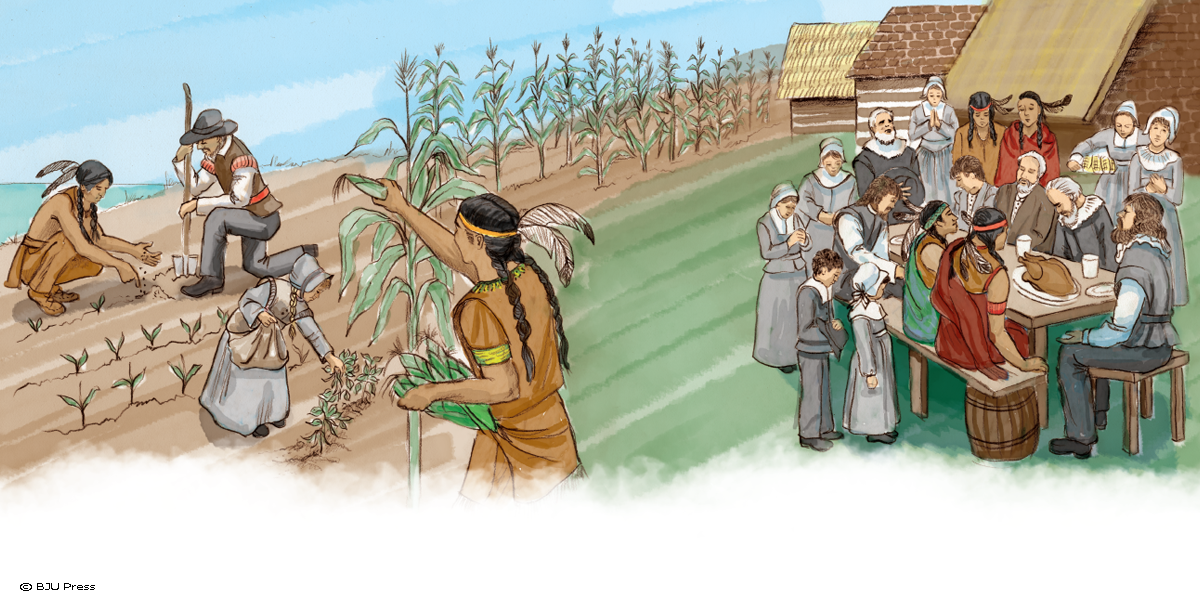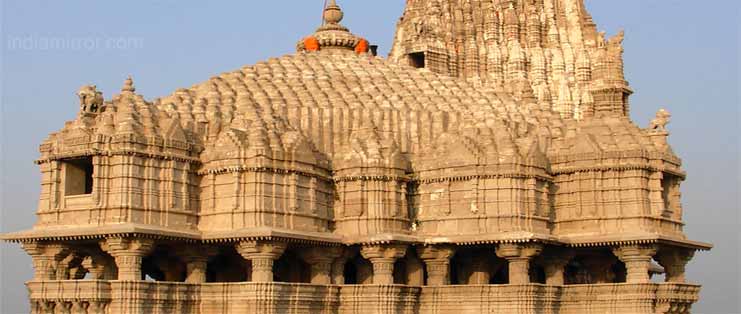

“By God’s visitation, reigned a wonderful plague,” King James’ patent for the region noted in 1620, “that had led to the utter Destruction, Devastacion, and Depopulation of that whole territory.” To the English, divine intervention had paved the way. The absence of accurate statistics makes it impossible to know the ultimate toll, but perhaps up to 90 percent of the regional population perished between 1617 to 1619. Related: How advertising shaped Thanksgiving as we know it Modern scholars have argued that indigenous communities were devastated by leptospirosis, a disease caused by Old World bacteria that had likely reached New England through the feces of rats that arrived on European ships.


In 1605, the French explorer Samuel de Champlain sailed past the site the Pilgrims would later colonize and noted that there were “a great many cabins and gardens.” He even provided a drawing of the region, which depicted small Native towns surrounded by fields.Ībout a decade later Captain John Smith, who coined the term “New England,” wrote that the Massachusetts, a nearby indigenous group, inhabited what he described as “ the Paradise of all those parts.”Ĭhamplain and Smith understood that any Europeans who wanted to establish communities in this region would need either to compete with Natives or find ways to extract resources with their support.īut after Champlain and Smith visited, a terrible illness spread through the region. But the situation on the ground wasn’t as dire as Bradford claimed.Įarlier European visitors had described pleasant shorelines and prosperous indigenous communities. If you were reading Bradford’s version of events, you might think that the survival of the Pilgrims’ settlements was often in danger. Bradford paraphrased from Psalm 107 when he wrote that the settlers should “praise the Lord” who had “delivered them from the hand of the oppressor.”
The pilgrims full#
He wrote that the Puritans arrived in “a hideous and desolate wilderness, full of wild beasts and wild men.” They were surrounded by forests “full of woods and thickets,” and they lacked the kind of view Moses had on Mount Pisgah, after successfully leading the Israelites to Canaan.Ī traditional thanksgiving dish, roasted turkey.ĭrawing on chapter 26 of the Book of Deuteronomy, Bradford declared that the English “were ready to perish in this wilderness,” but God had heard their cries and helped them. Throughout his account, Bradford probed Scripture for signs. Every event in their lives marked a stage in the unfolding of a divine plan, which often echoed the experiences of the ancient Israelites. Related: The two men who almost derailed New England’s first coloniesīradford and other Pilgrims believed in predestination. William Bradford wrote in 1623, “Instead of famine now God gave them plenty, and the face of things was changed, to the rejoicing of the hearts of many, for which they blessed God.”īut my recent research on the ways Europeans understood the Western Hemisphere shows that – despite the Pilgrims’ version of events – their survival largely hinged on two unrelated developments: an epidemic that swept through the region and a repository of advice from earlier explorers.Ī ‘desolate wilderness’ or ‘Paradise of all parts’?īradford’s “Of Plymouth Plantation,” which he began to write in 1630 and finished two decades later, traces the history of the Pilgrims from their persecution in England to their new home along the shores of modern Boston Harbor. In their bountiful yield, the Pilgrims likely saw a divine hand at work.Īs Gov. Together, migrants and Natives feasted for three days on corn, venison and fowl. They hosted a group of about 90 Wampanoags, their Algonquian-speaking neighbors. Sometime in the autumn of 1621, a group of English Pilgrims who had crossed the Atlantic Ocean and created a colony called New Plymouth celebrated their first harvest.


 0 kommentar(er)
0 kommentar(er)
